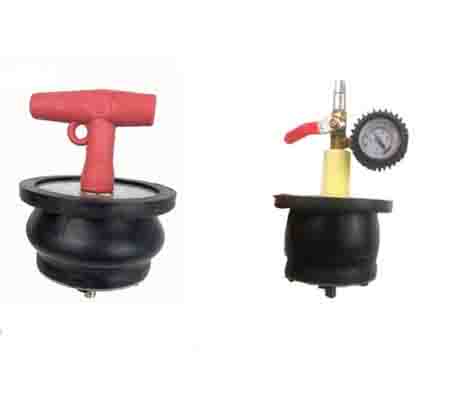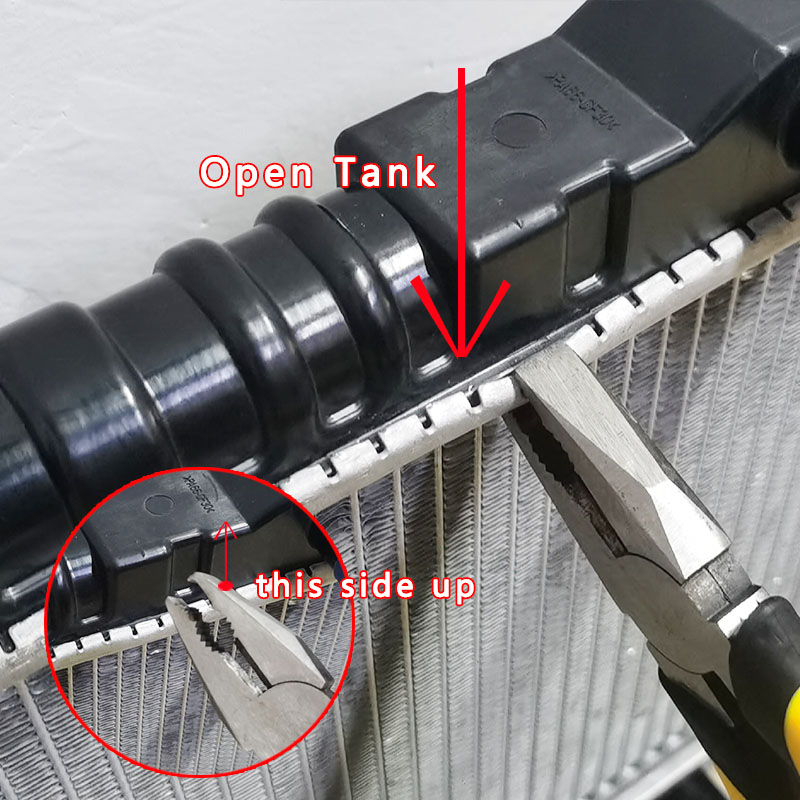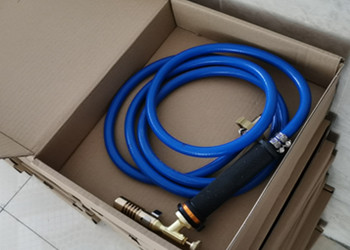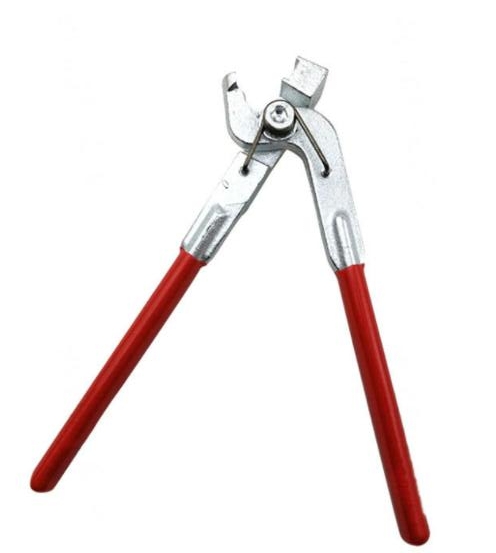Radiator Leak Tester
Function:The radiator leak tester help to test inlet and outlet of radiator in cooling system.And you could use this radiator leak tester by yourself at home.Because its easy to use and works efficiently.
Material:The radiator leak tester is made of rubber and stainless steel.So its not easy to damage.
Type:Radiator leak tester has 2 type.One is radiator leak tester with gauge,the other one is radiator leak tester without gauge.
Advantage:Easier to test radiator
Product Description:
Many persons request at least both radiator leak tester with gauge and radiator leak tester without gauge.
Radiator leak tester with gauge has pressure valve and pressure gauge.Pressure gauge is used to set a certain pressure when it block the inlet and outlet of radiator.After blocking,users could inflate air with certain pressure.Then it could know if radiator have leak.
Radiator leak tester without gauge just has pressure valve.When block of radiator tank,user could rotate radiator leak tester,it will expand 1-3mm.
Please pay attention that the blocking friction coefficient is not high, radiator leak tester is a low-pressure leak test. Please do not blow the air pressure too high so that prevent flying out and hurting people.
There are 8 sizes of radiator leak tester to meet customers all requests.
| Type/Model | RRT8-26 | RRT8-38 | RRT8-45 | RRT8-52 | RRT8-65 | RRT8-90 | RRT8-110 |
| Radiator Leak Tester with guage | Diameter-26mm | Diameter-38 | Diameter-45 | Diameter-52 | Diameter-65 | Diameter-90 | Diameter-110 |
| Radiator Leak Tester without guage | Diameter-26mm | Diameter-38 | Diameter-45 | Diameter-52 | Diameter-65 | Diameter-90 | Diameter-110 |
How to use radiator leak tester:
1. Use radiator leak tester with gauge to block radiator upper tank hole
2. Use radiator leak tester without gauge to block radiator bottom tank hole.
3. Pump air into radiator leak tester
4. The clock of radiator leak tester with gauge will show pressure.If pressure is too high,the radiator will damage.So the function of clock is used to in case pressure too high.
5. After pumping,there is a valve on the side of with gauge.If the valve is closed,the air will not go into radiator leak tester with gauge and radiator.
6. Put the radiator directly into water.
7. The place where bubbles are generated in the water is the place where the radiator leaks.



















 Click to start!
Click to start! 